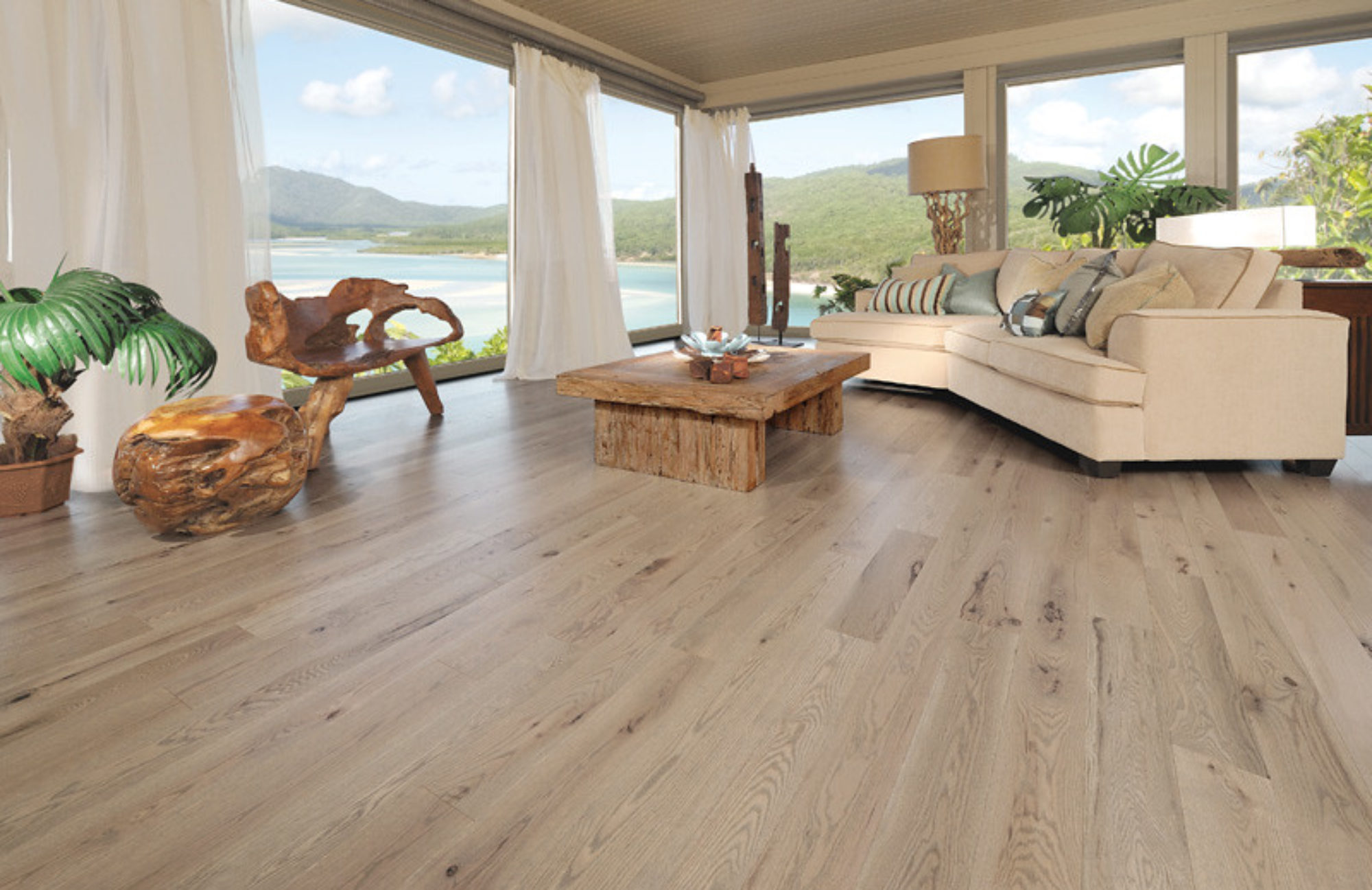Hardwood floor installation
Hardwood floors are an investment that will last for a long time with the proper installation and care. There are different modes of installation for engineered wood strips, solid wood strips, and parquet. With all modes of installation moisture testing is imperative to ensure proper installation. Our expert technicians are proficient in all three different types of installation for hardwood flooring. Will will leave your home looking as beautiful as we found it.
We can install any domestic or exotic hardwood, site-finished or prefinished wood flooring, solid or engineered hardwood flooring. Nail-down, glue-down or floating laminate flooring.
Quality hardwood flooring installation is not only in labor, it’s very important to select the best wood flooring supplier, who can guarantee the quality of the wood.
Nail down Hardwood flooring
In this method we nail down or staple solid or engineered wood strips to the subflooring (usually either plywood or plank wood). The floor is done with random length strips. A few strips are placed down and arranged prior to fastening to ensure proper placement and tautness.
Glue Down Installation Hardwood Flooring
In this method we glue down engineered wood strips or parquet directly to the subfloor. In these cases the subfloor is usually concrete, so we pay extra attention to moisture. With glue down installations, it is important to consider any kind of allergies and sensitivities to smell. We use an acrylic based glue which is more mild than some of the other options. Glue down installations can be walked on the next day and furniture can also be moved in.
Floating Installation
In this method we glue together the tongue and groove of every plank and the floor floats over a foam cushioned padding. If the flooring has a locking system we can lock the pieces together without glue. This can be used with either laminate or engineered wood floor, but either way the flooring is pre-finished. Not all engineered surfaces can be floated. Floating installation can also be placed over subflooring of questionable quality unlike the other two modes. Also, floating floors are a great option if you have multiple layers of flooring and you don’t want to remove them all. The wear layer is important to consider as the thicker the layer the more times it can be refinished. Generally, laminate flooring gives a hollow feeling underfoot with this mode of installation. Remember that floating floors expand and contract as a unit because the pieces of fused together. Allow for as much expansion area as possible.
Our Projects
(click on a picture)






Floor Types & Styles
We work with any type of hardwood flooring materials.
Engineered Wood Floors
Are also called laminated wood floors because they are made of several thin, wood plies that are glued together under pressure and heat;
They vary from 3 to 9 plies and are offered in a variety of widths from 2-1/4 to 8 wide;
Engineered wood flooring is composed of two or more layers of wood in the form of a plank. The top layer is the wood that is visible when the flooring is installed, and is adhered to the substrate which provides the stability.
This wood will expand and contract less than solid wood flooring during fluctuations in humidity and temperature. The engineered Wood Flooring is real wood. A few facts about the most used ones:
Hickory – rich, gives your house a timeless feeling.
Bamboo – it is usually cheap and “green”
Maple – elegant finish, appropriate for living rooms, family rooms and dining-rooms.
Oak – the traditional red oak always looks impeccable and is inexpensive.
Unfinished Solid Flooring
Red Oak | White Oak | Ash | American Cherry | Hickory | Maple Brazilian Cherry | Brazilian Walnut
Unfinished wood floors are better to match to an existing floor or trim and generally easier to stain to match.
Unfinished wood flooring offers the most options if you are looking for an unusual wood species or specific plank width.
Unfinished flooring would be most appropriate if your home has historical or architectural significance.
If your floor is not precisely level, you may opt for unfinished flooring because it doesn’t depend on a precisely level subfloor the way a pre-finished floor does.
Prefinished Hardwood Floor
There are two types of hardwood flooring: unfinished and prefinished. It is faster to install the prefinished and also less labor intensive.
These are the new main stream products in hardwood flooring. They can be acrylic impregnated, engineered, or solid. They have a tough factory finish, which is the main reason for their popularity. They are also extremely easy to install and eliminate the need for messy sanding. Most pre-finished floors done within the last ten years are urethane finished. Older floors are likely to have shellac or varnish finishes. Unfortunately these do not work well with the newer urethane finishes and must be completely removed if you want a urethane finish. There is also likely to be some amount of aluminum oxide in the newer prefinished floors.
Custom home builders and designers know us, when it comes to complicated custom patterns, decorative borders and overall unmatched attention to the detail. Don’t settle, when you can select!
(click on a picture)








